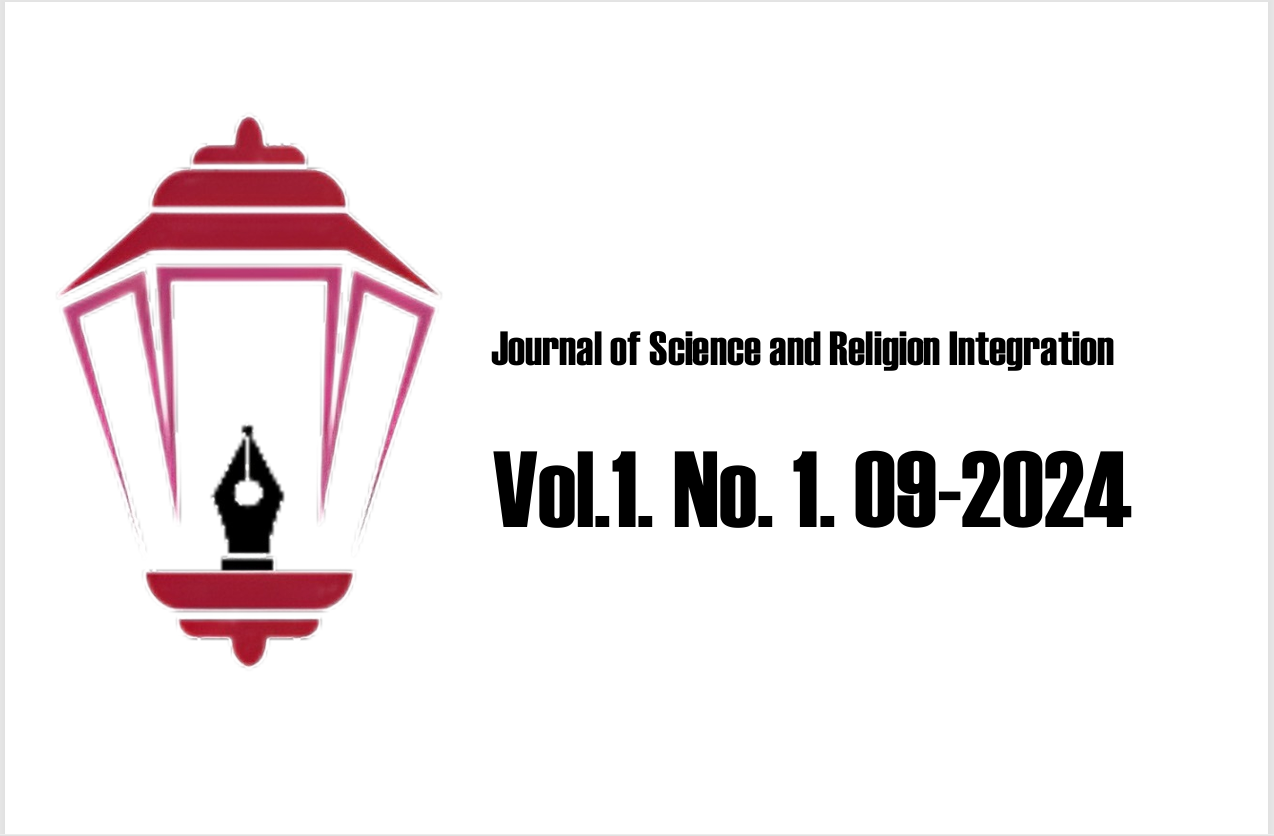PARADIGM IN THE THEORY OF ROTATION AND REVOLUTION FROM A PHYSICIAN VIEW
##plugins.themes.academic_pro.article.main##
Abstract
The Earth's rotation and revolution are two important movements that affect life on the planet, according to science. The acceleration of gravity at the Earth's surface is influenced by the Earth's rotation due to its non-perfect spherical shape. Because of the Earth's rotation, it tends to bulge at the equator and flatter at the poles. This causes the distance from the poles to the
center of the Earth to be shorter than that at the equator. This research employs a literature study approach, utilizing a qualitative descriptive method with an interpretative approach, which involves interpreting the verses of the Quran related to the theme or title of the discussion. The data used in this research is obtained from reading materials, including Tafsir books, other books, journals, and other relevant sources related to the title of this research. The Earth's rotation causes the apparent daily motion of celestial bodies, as well as the alternation of day and night. The direction of this rotation has a variety of effects on the Earth's rotation that can result in day and night. Meanwhile, the Earth's revolution causes seasonal changes because it is tilted on its axis. During its revolution, the Earth's position changed, resulting in seasonal variations in different parts of the world. The Earth's rotation refers to its spin on its axis. The Earth's rotation period is the time it takes for the Earth to complete one full spin on its axis, which is 23 hours and 56 minutes. Meanwhile, the Earth's revolution refers to its orbit around the sun. The Earth's revolution period is the time it takes for the Earth to complete one full orbit around the sun, which is 365 and a quarter days or one year.

